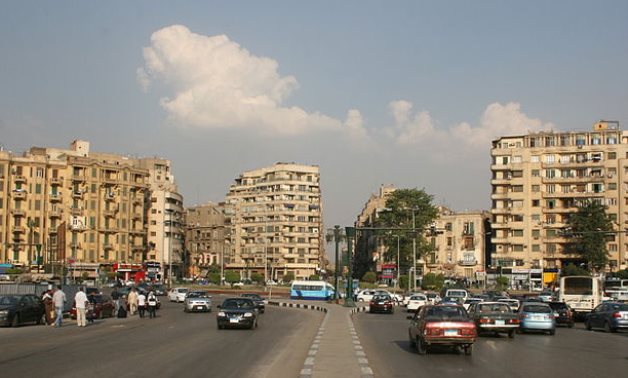
Part of the historical Qasr al-Nil street in downtown Cairo - Photo via Wikimedia Commons/Diego Delso
CAIRO – 18 August 2020: Engineer Mohamed Abu Saada, head of the National Organization for Urban Harmony, said that at the time of the collapse of the building located in the historic Qasr al-Nil Street in Downtown Cairo, the organization sent a technical committee to determine the property, especially because it was registered in the heritage list of buildings.
In press statements, Abu Saada clarified that a report had taken the property off the heritage list because half the building had collapsed and also the building has exposed the occupants to great danger, therefore, had to be completely removed.
Abu Saada also explained that the National Organization for Urban Coordination was not previously informed that the building was about to collapse, adding that the Cairo governorate is currently investigating the causes that caused the building to collapse, and that a committee is currently examining the property to find out the full details that led to its collapse in this unfortunate way.
Also, Abu Saada pointed out that when building a new property in place of the collapsed one, it is necessary to refer to the National Organization for Urban Harmony, to set the conditions for construction standards in Khedivial Cairo.
It is worth noting that Cairo accommodates about 500 properties of a rare architectural style in the downtown area, dubbed the "Khedivial Cairo" after Khedive Ismail, who founded it in the European style.
It is located between Ataba Square, Ramses Square, River Nile, Tahrir Square, and Abdeen Square. It was founded by the Khedive Ismail in 1867. Part of it are monuments and another part is designed in distinct architectural style.
It has more than 500 properties. Nearly half of the properties have been developed, most of which are funded by community contributions, banks and companies that own some of the historic properties.
Comments
Leave a Comment